Proper swimming pool maintenance is essential for any pool owner, not just for comfort but also for the longevity of your pool. Balancing your pool water is critical to this maintenance, as it prevents damage to the pool surfaces and equipment. Knowing how to balance pool water properly plays a crucial role in sustaining ideal water quality, which guarantees a safe and enjoyable swimming experience. Neglecting these aspects can lead to costly repairs, making it vital to regularly monitor and adjust your pool’s water chemistry. This guide will cover everything from testing your pool water to utilizing chemical feed pumps, ensuring that you keep your pool in perfect condition.
Why Balancing Pool Water is Crucial
Balancing pool water is not just about achieving a sparkling appearance; it directly impacts the health of your pool and its users.
Damage prevention: Unbalanced water can lead to corrosion of pool surfaces and damage to equipment, including pumps and heaters. This is often due to improper pH, alkalinity, or calcium levels. For example, low pH can cause etching on plaster surfaces, and high pH can result in scale buildup, which can damage your filters and plumbing.
Water quality management: Properly balanced water helps control algae growth and bacteria, ensuring a safe swimming environment. It also minimizes the use of chemicals, promoting healthier water for swimmers. When chemical levels are off, it can lead to cloudy water, unpleasant odors, and eye irritation for swimmers.
Cost efficiency: Consistently keeping your water balanced can prolong the life of your pool equipment and surfaces, preventing costly repairs or replacements. It can decrease the quantity of chemicals required, ultimately saving you money over time.
Key Components of Pool Water Balance
To effectively maintain your pool, you need to monitor several key water properties:
pH levels: This indicates the acidity or alkalinity of your pool water. The optimal range is between 7.2 and 7.8. A low pH may result in skin irritations and can corrode equipment, whereas a high pH might cause scaling and decrease the effectiveness of sanitizers. Regularly checking pH levels ensures that the water remains pleasant for swimmers and effective in preventing bacteria.
Alkalinity: Total alkalinity serves as a stabilizer for pH levels. The suggested range is 80-120 ppm (parts per million). Proper alkalinity maintains a stable pH and simplifies management. Low alkalinity can result in significant pH fluctuations, while excessively high levels can hinder effective pH adjustments.
Calcium hardness: This indicates the concentration of calcium in the water. Ideal levels range from 200 to 400 ppm. Low calcium levels can lead to etching of surfaces in the pool and corrosion, while elevated levels can result in scaling and hazy water. Achieving the right calcium balance is crucial for preserving both the appearance and functionality of your pool.
Chlorine levels: Chlorine is essential for sanitation. Free chlorine levels should be kept between 1 and 3 ppm to effectively eliminate germs and maintain water safety. Inadequate chlorine levels can result in algae proliferation and health risks for swimmers, while excessive chlorine may cause irritation and discomfort.
How to Test Your Pool Water Accurately
Understanding how to test your pool water is foundational for maintaining a balanced swimming experience. Here are the common testing methods:
Test strips: Quick and easy to use, but less accurate. Dip the strip in the pool water and compare it to the color chart on the package for results. They can provide an instant snapshot of pH, alkalinity, and chlorine levels but may lack precision for more detailed adjustments.
Liquid kits: More accurate and provide a broader range of measurements, but they require more time to perform. Liquid kits typically contain reagents that you mix with your water sample to get accurate results on several parameters.
Digital testers: These devices provide accurate readings with minimal effort. Many digital testers can measure multiple parameters simultaneously, which saves time and minimizes human error. While they tend to be more of an investment upfront, they can greatly simplify the testing process.
Frequency of testing: Test your pool water at least once a week, and more often during heavy usage or after significant weather events. Regular testing helps you catch imbalances before they cause problems. Check your pH and chlorine levels frequently in the summer months when heaters are running and swimmers are present, as both can fluctuate rapidly.
Choosing the right method for how to test your pool water will ensure that you can quickly identify any necessary adjustments.
Swimming Pool Safety Equipment Checklist: Here's What You Need to Know
Step-by-Step Guide: How to Balance Pool Water
Balancing your pool water involves several steps. Here’s a comprehensive guide on how to balance pool water effectively:
Step 1: Adjusting pH
Use a testing kit to assess the present pH level. If it registers below 7.2, the water is overly acidic. On the other hand, if it exceeds 7.8, it is excessively alkaline.
If the pH is below 7.2, add a pH increaser (sodium carbonate). This will elevate the acidity and help protect surfaces and equipment.
If above 7.8, add a pH decreaser (sodium bisulfate). This will help neutralize excess alkalinity.
Let the adjusted water circulate for at least an hour before retesting to ensure accurate results.
Step 2: Adding an alkalinity increaser or decreaser
Test alkalinity levels to determine if any adjustments are necessary. If it’s below 80 ppm, use sodium bicarbonate as an alkalinity increaser.
If the reading is above 120 ppm, use hydrochloric acid to bring it down. Just like with pH, allow the water to circulate for a while before retesting.
Step 3: Calcium adjustments
Test calcium hardness levels. If levels are low, add calcium chloride to raise them. If levels are too high, the best approach is to partially drain the pool and refill it with fresh water to dilute the calcium content.
Step 4: Sanitizer balancing using chemical feed pumps
Check your chlorine levels using your chosen testing method. Adjust as needed based on the results. Proper chlorine levels not only maintain water quality but also enhance the effectiveness of other chemicals used in balance.
Using Chemical Feed Pumps for Consistent Chemical Dosing
Chemical feed pumps are devices that automate the addition of chemicals to your pool, ensuring consistent and accurate dosing. They facilitate easier water quality management since they eliminate the need for frequent manual adjustments.
Types of pumps:
Peristaltic pumps: These use rotating rollers to push liquid through a tube. They are durable and can handle various chemicals, making them versatile for different pool maintenance needs.
Diaphragm pumps: These utilize a diaphragm to create suction, allowing precise chemical dosing while preventing any leaks. They are particularly effective for corrosive chemicals like liquid chlorine.
Benefits of Automated Water Quality Management
Incorporating automated systems like chemical feed pumps into pool maintenance routines offers a smarter, more efficient way to maintain water quality.
Benefit | Description |
Accurate dosing | Automatic pumps ensure chemicals are added in precise amounts, reducing user error. Especially useful for maintaining consistent free chlorine levels. |
Convenience | Saves time and effort. Systems can be programmed to dispense chemicals at specific intervals, ensuring consistent water quality. |
Cost-effectiveness | Though the initial investment may be high, it leads to long-term savings on chemical use and repairs and extends the lifespan of pool components. |
The Role of Regular Cleaning in Balanced Water
Regular cleaning goes hand-in-hand with chemical balancing to keep your pool water in ideal condition. Here’s how to ensure your pool is clean and well-maintained:
How to vacuum pool properly
Use a manual or automatic vacuum: Choose a vacuum type that suits your needs. Manual vacuums offer control but require more effort, whereas automatic vacuums work independently.
Connecting the vacuum: For manual vacuums, attach the vacuum head to the telescoping pole and hose, and then link the hose to the skimmer. For automatic vacuums, connect the necessary hoses as specified by the manufacturer.
Technique: Move the vacuum slowly, overlapping strokes to prevent leaving debris behind. Take your time to ensure you’re getting every nook and cranny of your pool floor, as dirt can collect in corners and along walls.
Skimming and brushing
Daily skimming: Use a skimmer net to remove leaves, insects, and debris from the water’s surface each day. This prevents debris from sinking and causing stains or algae growth.
Brushing: Brush the pool walls and floor weekly to prevent algae buildup and biofilm formation. Pay extra attention to areas where water circulation may be poor, as these are common hotspots for algae.
Tools for brushing: Use a brush with nylon bristles for plaster pools, while a stainless-steel brush is suitable for vinyl-lined pools.
Maintaining filters
Cleaning: Depending on your filter type (cartridge, sand, or DE), clean or replace filters regularly to maintain efficient circulation. A clogged filter not only hampers efficiency but also affects water quality.
Backwashing: For sand and DE filters, backwash according to manufacturer instructions every time the pressure gauge rises 8-10 psi above the normal range. This will flush out accumulated grime and improve filter efficiency.
The Best Pool Tile Cleaning Methods for a Flawless Pool
Common Mistakes to Avoid
Avoiding common pitfalls can significantly enhance your pool maintenance efforts. Here are frequent mistakes to watch out for:
Over-treating the water: Adding too many chemicals can cause imbalances and potential harm to swimmers. Stick to the recommended amounts. Excessive chlorination can lead to skin and eye irritation for swimmers and contribute to chemical imbalances.
Ignoring routine tests: Failing to test water regularly can lead to significant imbalances that manifest as cloudy water or algae blooms. Establish a testing schedule to monitor your pool's health proactively.
Misusing chemical feed pumps: Ensure that chemical feed pumps are calibrated and used correctly to prevent over- or under-dosing. Always follow the manufacturer’s instructions for proper usage, and routinely check the system for functionality.
Consistent swimming pool maintenance not only ensures a pleasing swimming experience but also saves significant money by preventing repairs. Understanding how to balance pool water, how to test your pool water, and effectively using chemical feed pumps to maintain water quality can lead to an efficient and enjoyable pool ownership experience. By staying proactive and implementing these practices, you will keep your pool in excellent shape, ready for use all season long. UsaPoolShop offers a wide range of essential pool equipment replacement parts, including valves, O-rings, pressure gauges, and plumbing fittings. Each component, no matter how small, plays a crucial role in ensuring the optimal performance of your pool equipment.
FAQs
Can rainwater affect how to balance pool water?
Yes, rainwater can dilute pool chemicals and lower pH levels, making it necessary to retest and rebalance the water after heavy rainfall.
Is there a difference in how to balance pool water in saltwater pools?
Yes, while the basic principles are similar, saltwater pools rely on salt chlorinators, which may require different pH and chlorine monitoring and adjustments.
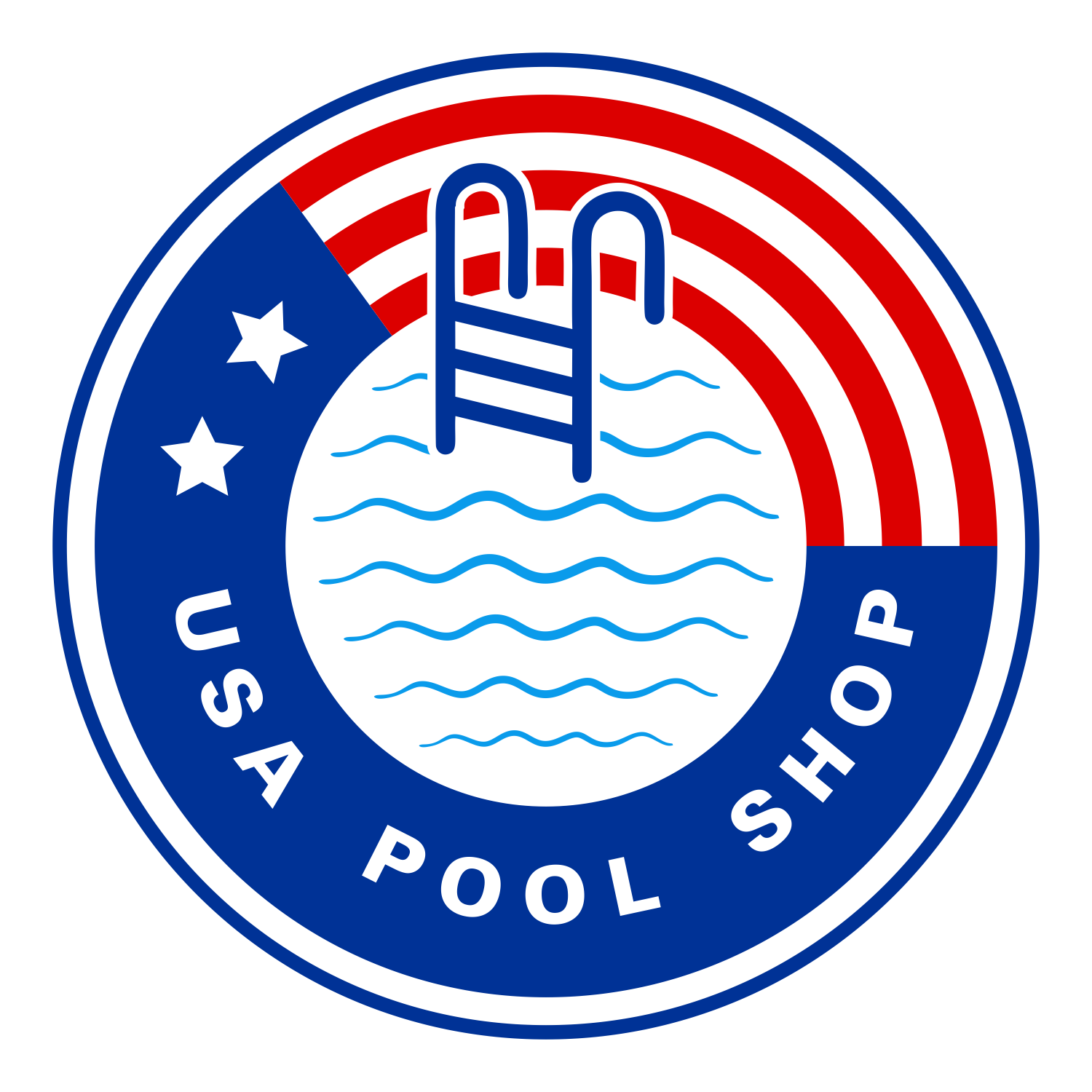
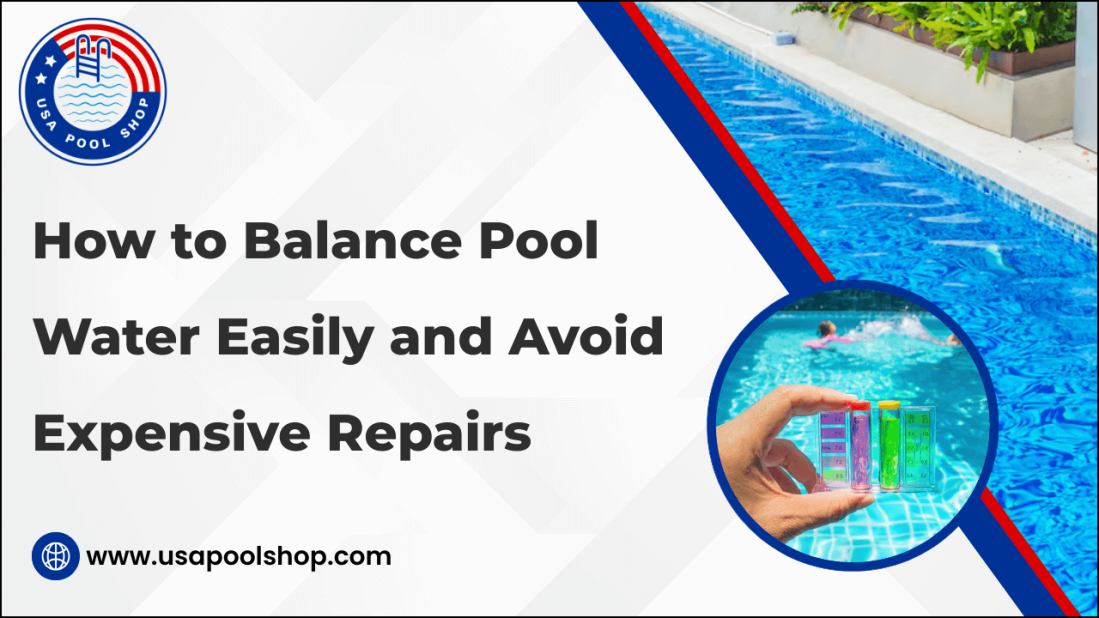


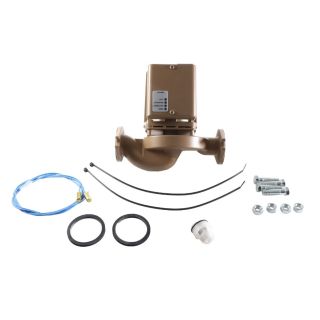
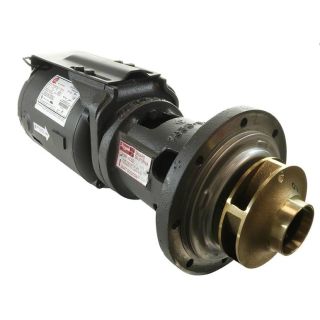
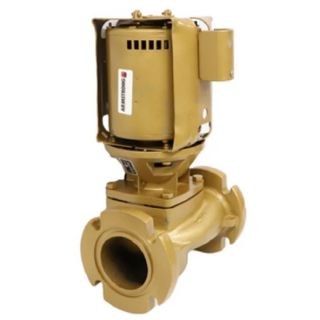
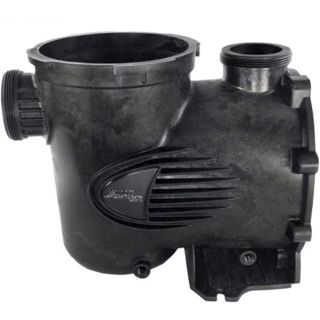
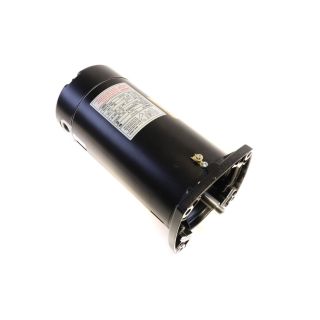
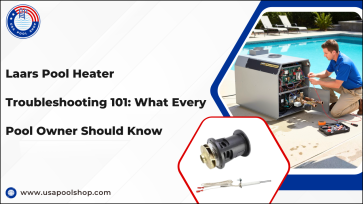
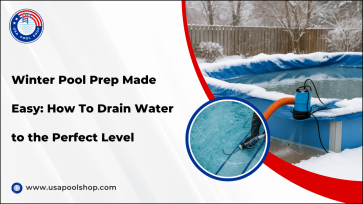

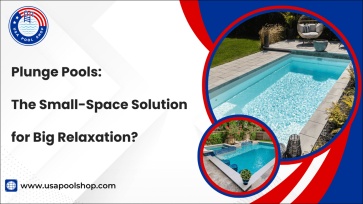
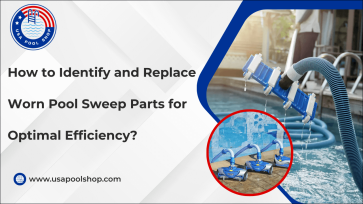
Validate your login